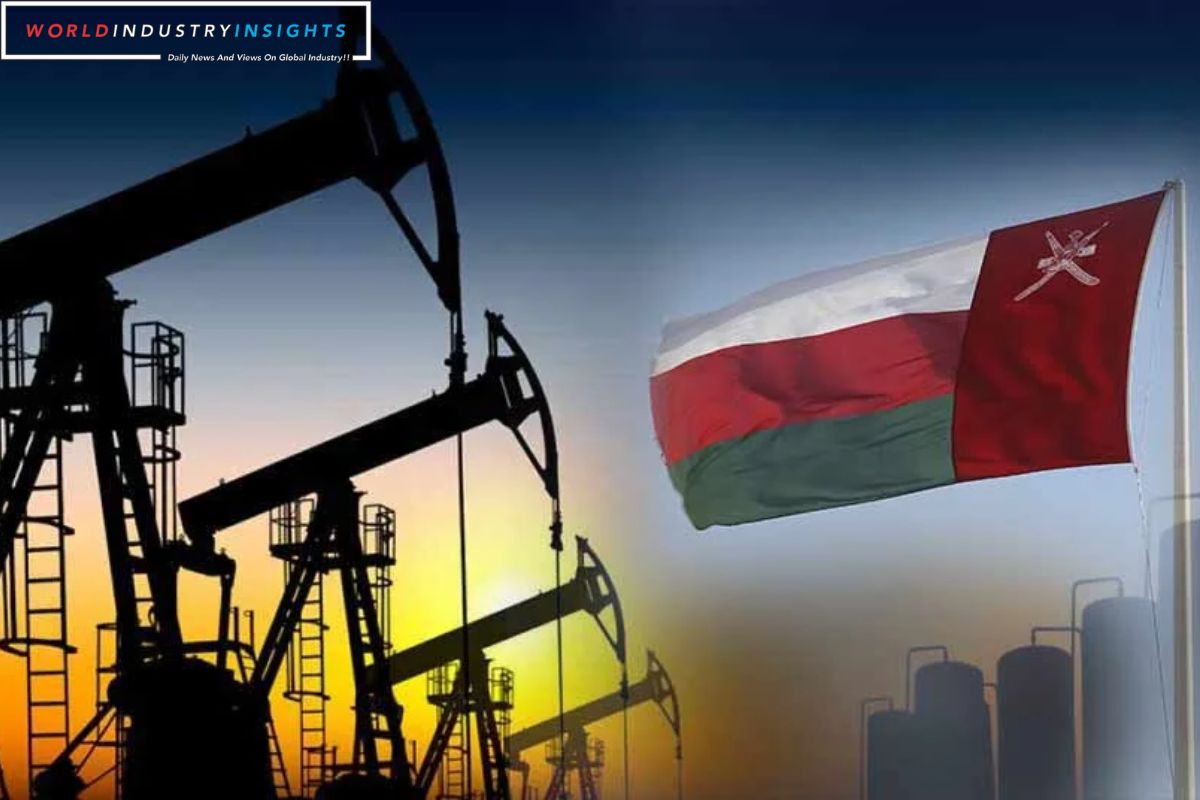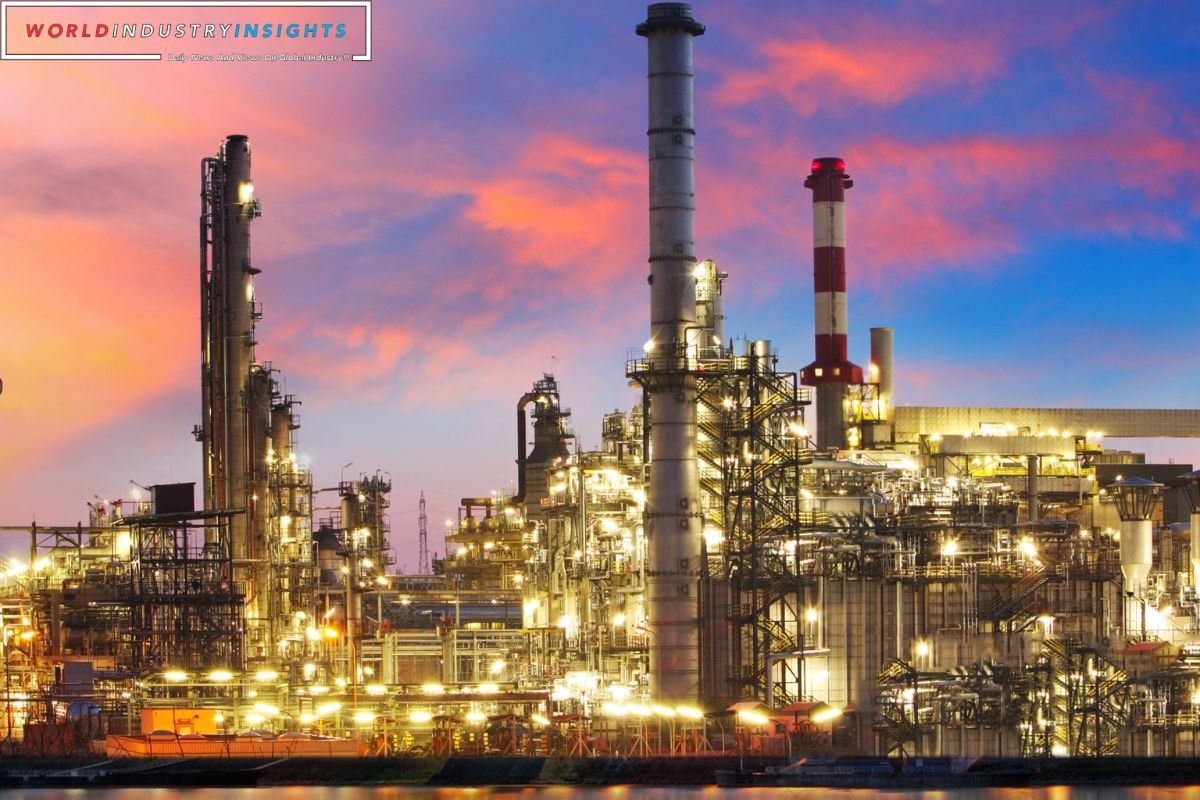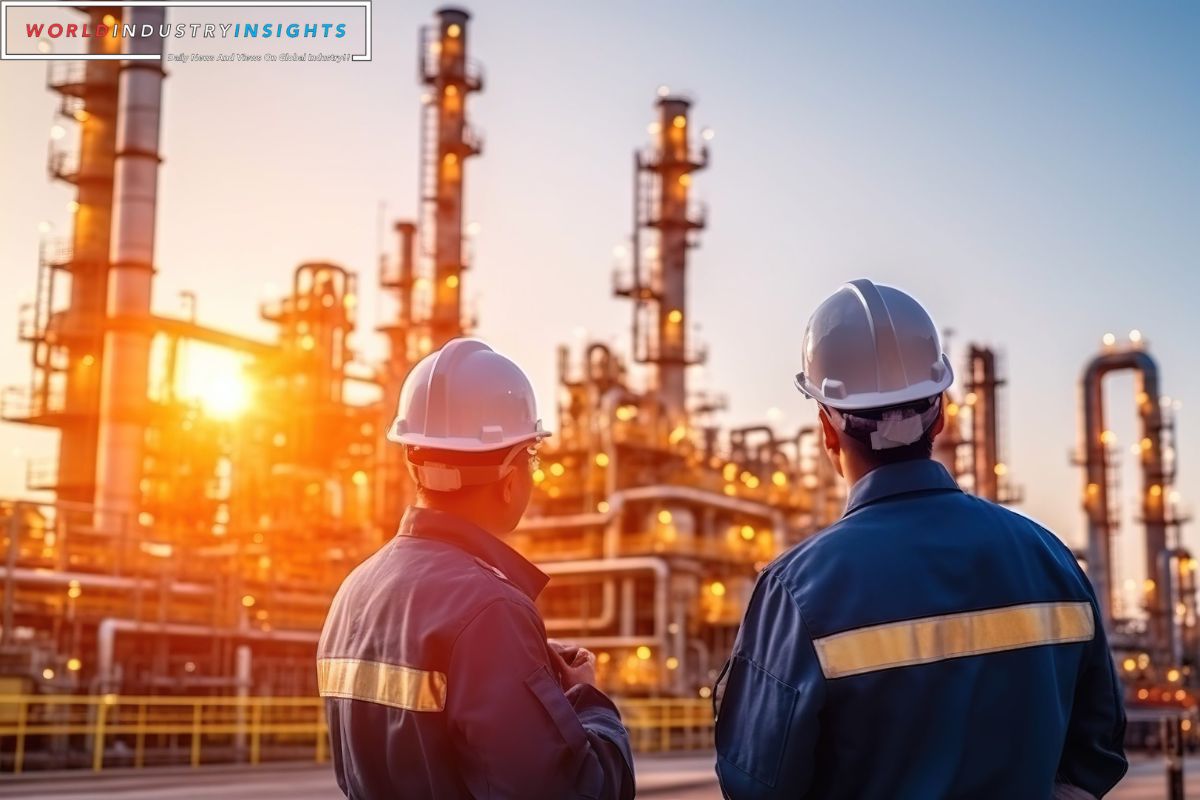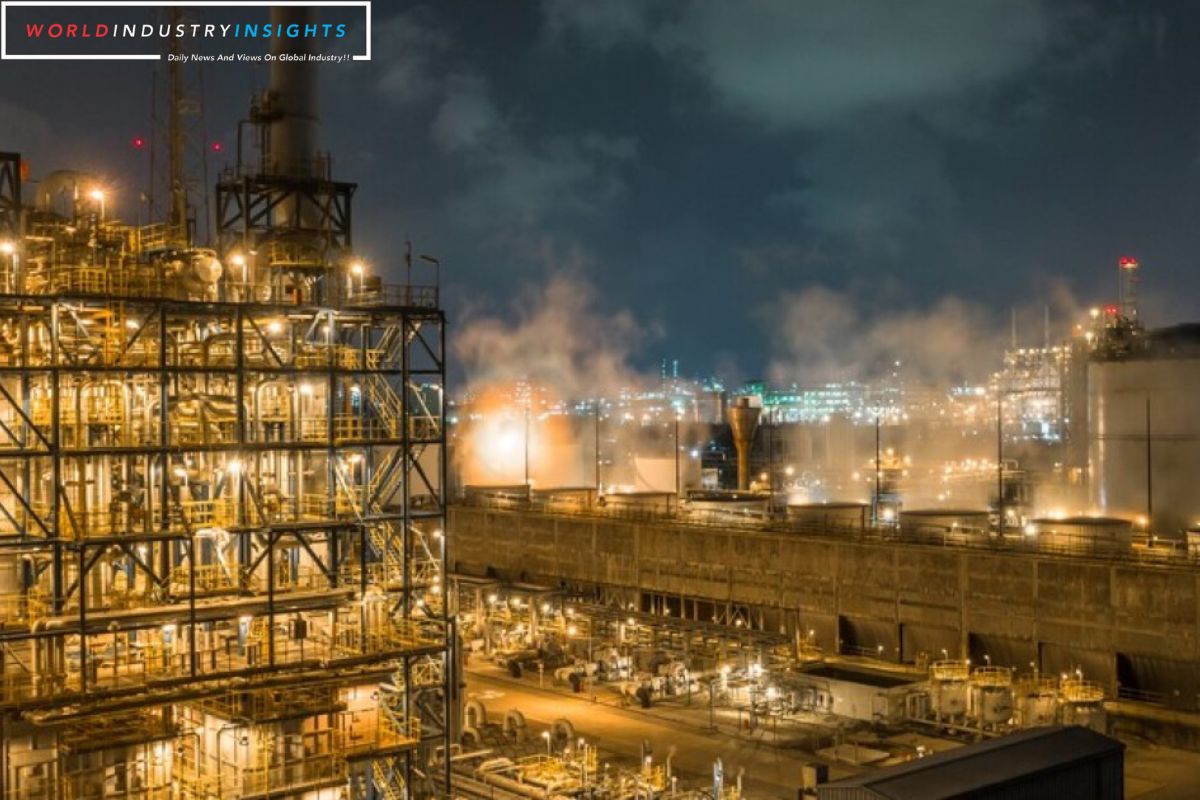Oman’s Energy Renaissance: Oman’s energy sector has experienced a remarkable resurgence, with refinery and petrochemical production witnessing a significant 6.6% jump. This growth is indicative of the country’s commitment to expanding its energy capabilities and establishing itself as a major player in the global market.
The surge in regular gasoline production and sales, coupled with fluctuations in premium gasoline, reflects the dynamic nature of the sector. Furthermore, the diverse growth in the petrochemical industry highlights Oman’s ability to adapt and capitalize on emerging opportunities.
As we delve into the details of this energy renaissance, we will uncover the factors driving this impressive growth and the implications it holds for Oman’s economy and international engagement.
Key Takeaways
- Overall production growth in Oman’s refineries and petrochemical units surged by 6.6% until the end of November 2023, marking substantial growth in the country’s energy sector.
- The surge in regular gasoline (91) production and sales played a pivotal role in driving an 11% increase in sales, meeting Oman’s growing demand for fuel and contributing to Oman’s energy renaissance.
- Fluctuations in premium gasoline (95) production and sales reflected the volatility in demand for premium gasoline (95), with a significant decline of 20.7% in production and sales.
- The diverse growth in the petrochemical sector showcased Oman’s capacity to produce essential petrochemicals and position itself as a major player in the global market, with significant increases in benzene and paraxylene production and a slight decline in polypropylene production.
Production Growth in Oman’s Refineries and Petrochemical Units
Production in Oman’s refineries and petrochemical units has surged by an impressive 6.6% until the end of November 2023, marking substantial growth in the country’s energy sector, according to preliminary statistics released by the National Center for Statistics and Information (NCSI).
Also Read: 2023 Energy Market Recap: A Year of Challenges and Declines
This increase in production signifies a positive trend for Oman’s energy industry, showcasing its resilience and potential for further development. The rise in production can be attributed to several factors, including increased investments in infrastructure, enhanced operational efficiency, and favorable market conditions.
The growth in Oman’s refineries and petrochemical units is a testament to the country’s commitment to diversifying its economy and capitalizing on its rich energy resources. This upward trajectory bodes well for Oman’s economic stability and positions the country as a significant player in the global energy market.
Surge in Regular Gasoline (91) Production and Sales
The significant rise in regular gasoline (91) production has played a pivotal role in driving an 11% increase in sales during the specified period.
The production figures highlight the robust performance of regular gasoline, reaching 14,734,000 barrels by the end of September 2023.
This surge in production and sales of regular gasoline in Oman’s energy sector is a reflection of the country’s growing demand for fuel.
Here are five key points to consider:
- A substantial 16.3% rise in regular gasoline (91) production.
- An 11% increase in sales during the specified period.
- Production figures of 14,734,000 barrels by the end of September 2023.
- The robust performance of regular gasoline in meeting Oman’s fuel demand.
- The role of regular gasoline in driving Oman’s energy renaissance.
Fluctuations in Premium Gasoline (95) Production and Sales
Premium gasoline (95) production and sales experienced a significant decline, reflecting the fluctuating dynamics within Oman’s petroleum product market. Production of premium gasoline (95) decreased by 20.7%, amounting to 10,659,100 barrels. Sales also dropped in line with production, totaling 11,086,900 barrels. These fluctuations highlight the volatility in the demand for premium gasoline (95) in Oman.
It is important to analyze the factors contributing to this decline, such as changes in consumer preferences, market competition, and economic conditions. Understanding these dynamics will enable industry stakeholders to make informed decisions and develop strategies to address the challenges faced in the premium gasoline (95) segment. The following table provides a visual representation of the production and sales figures for premium gasoline (95):
| Premium Gasoline (95) | Production (barrels) | Sales (barrels) |
|---|---|---|
| Current Year | 10,659,100 | 11,086,900 |
| Previous Year | XX | XX |
| Change | XX | XX |
| Percentage Change | XX% | XX% |
Diverse Growth in Petrochemical Sector
The petrochemical sector in Oman has displayed remarkable growth across various areas. Key highlights include:
- Benzene production surged by an impressive 78.7%, reaching 133,100 metric tonnes.
- Paraxylene production experienced a substantial growth of 216.6%, reaching 465,100 metric tonnes.
- Polypropylene production, however, saw a slight decline of 2.1%, amounting to 222,900 metric tonnes.
These diverse growth patterns indicate the sector’s ability to adapt and meet evolving market demands.
The significant increase in benzene and paraxylene production showcases Oman’s capacity to produce essential petrochemicals, positioning itself as a major player in the global market. Despite the minor dip in polypropylene production, the sector’s overall performance remains strong. This trend highlights the sector’s resilience and potential for further expansion in the future.
Oman’s petrochemical sector continues to demonstrate its robustness and contribute significantly to the country’s economic growth.
Robust Exports Reflecting International Engagement
Oman’s strong international presence in the oil and petrochemical industries is exemplified by its robust exports, reflecting the country’s engagement and success in the global energy market.
Key exports such as gasoline, diesel fuel, jet fuel, liquefied petroleum gas, paraxylene, benzene, and polypropylene highlight Oman’s dynamic performance and global reach.
Notably, polypropylene exports increased by 7%, reaching 206,900 metric tonnes. These figures demonstrate Oman’s ability to meet international demand and establish itself as a reliable supplier in the energy sector.
With a diverse range of exported products, Oman is able to cater to various market needs and maintain strong trading relationships.
This exceptional export performance further strengthens Oman’s position as a key player in the global oil and petrochemical markets.
Conclusion Of Oman’s Energy Renaissance
Oman has experienced a significant growth of 6.6% in refinery and petrochemical production. This growth can be observed in the surge of regular gasoline production and sales, as well as the fluctuations in premium gasoline production and sales.
Additionally, the petrochemical sector has shown diverse growth. The robust exports further reflect Oman’s international engagement in the energy industry.
Our Reader’s Queries
What is the energy situation in Oman?
Oman is a significant player in the global crude oil and gas export market, with a particular focus on Asian countries. As per the BP Statistical Review of World Energy 2022, Oman’s primary energy consumption in 2021 was 1.50 exajoules, with natural gas being the dominant source at 71%, followed by oil at 28%, and coal at 0.7% [14].
Who is the CEO of Renaissance Services SAOG?
Since 1998, Renaissance Services has been led by Stephen R Thomas, a seasoned CEO with a wealth of international experience. Having joined the company in 1988, Thomas has an impressive background, having previously worked with the Grand Metropolitan Group.




